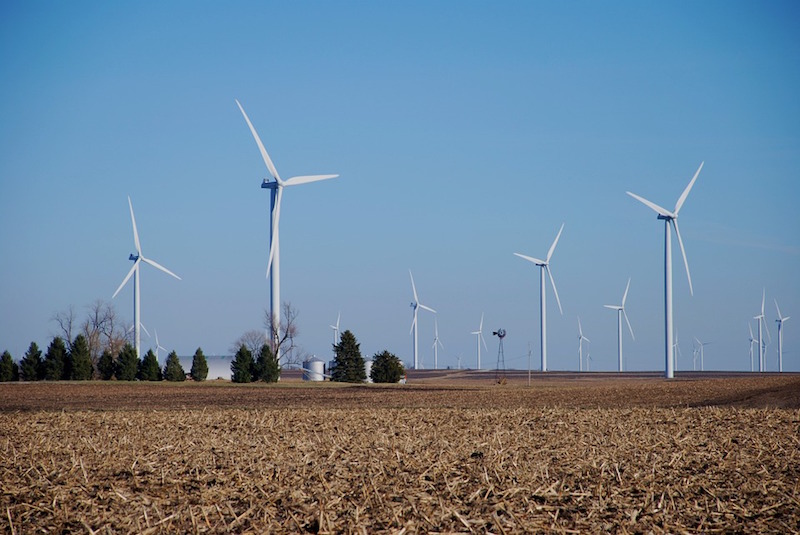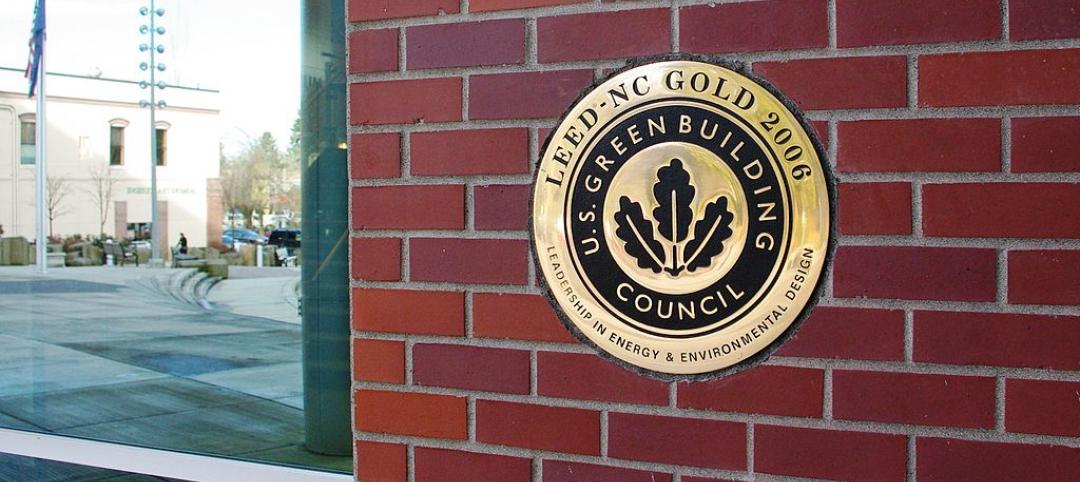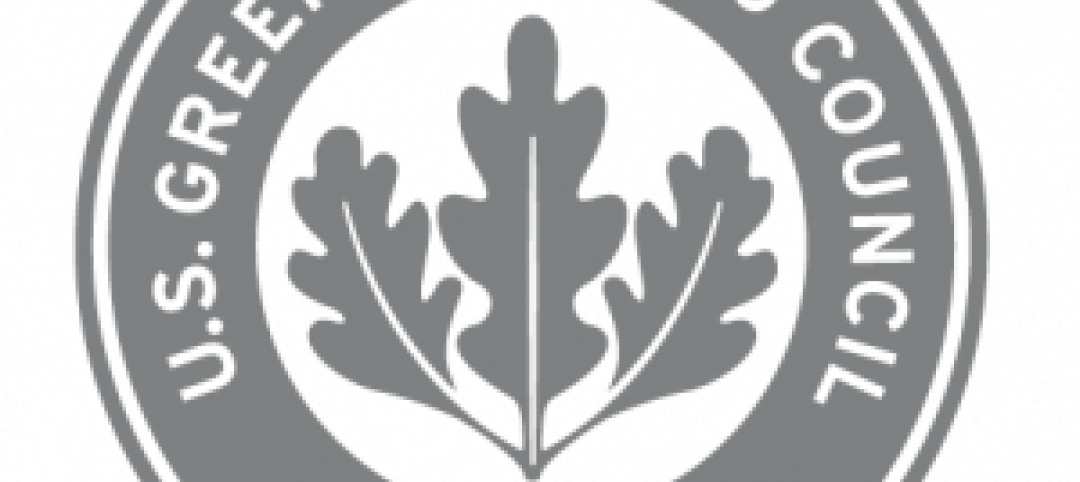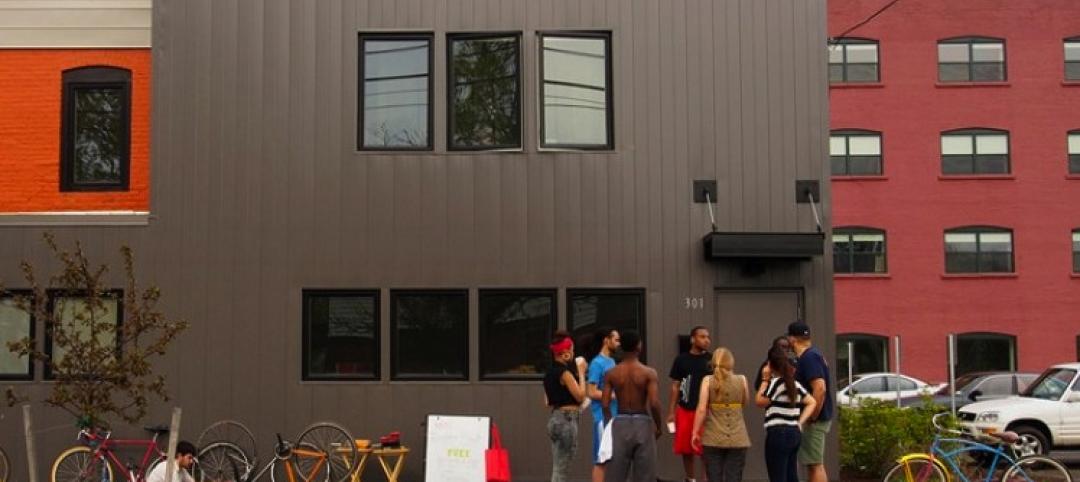Today, during the U.S. Green Building Council (USGBC) International Summit held at the 2016 Greenbuild International Conference and Expo, Green Business Certification Inc. (GBCI) announced a new technology organization called arc.
Officially launching later in 2016, arc will further the performance of the green building industry and the built environment as a whole.
Scot Horst, USGBC’s Chief Product Officer, has been named arc’s incoming CEO. He will transition from his role with USGBC and LEED at the end of 2016.
Arc is a platform that will allow any building to participate and immediately start measuring performance, make improvements, and benchmark against itself. The goal of arc is to support the missions of USGBC and GBCI.
LEED certified buildings can use arc to improve and benchmark against other certified buildings around them. Buildings that have not certified yet will be able to use arc to make incremental sustainability improvements and eventually achieve LEED certification.
“The LEED rating system revolutionized the design, construction and operations of green buildings more than 16 years ago,” said Horst. “Arc’s goal is to transform green performance technology and bring data, mobility, and the most disruptive technologies available today to support a holistic approach to building our future. It will connect actions through a single platform that delivers a higher quality of life.”
The arc platform is a complement to LEED and other green building rating systems, standards, protocols, and guidelines, and allows buildings and spaces to connect to the built environment in a new way by comparing performance metrics and connecting them to green building strategies. Arc eliminates complexities and barriers to behavioral change.
Related Stories
| Nov 2, 2014
Top 10 LEED lessons learned from a green building veteran
M+W Group's David Gibney offers his top lessons learned from coordinating dozens of large LEED projects during the past 13 years.
| Oct 30, 2014
CannonDesign releases guide for specifying flooring in healthcare settings
The new report, "Flooring Applications in Healthcare Settings," compares and contrasts different flooring types in the context of parameters such as health and safety impact, design and operational issues, environmental considerations, economics, and product options.
| Oct 29, 2014
Better guidance for appraising green buildings is steadily emerging
The Appraisal Foundation is striving to improve appraisers’ understanding of green valuation.
| Oct 27, 2014
Report estimates 1.2 million people experience LEED-certified retail centers daily
The "LEED In Motion: Retail" report includes USGBC’s conceptualization of the future of retail, emphasizing the economic and social benefit of green building for retailers of all sizes and types.
| Oct 27, 2014
Top 10 green building products for 2015
Among the breakthrough products to make BuildingGreen's annual Top-10 Green Building Products list are halogen-free polyiso insulation and a high-flow-rate biofiltration system.
| Oct 21, 2014
Inside LEED v4: The view from the MEP engineering seats
Much of the spirited discussion around LEED v4 has been centered on the Materials & Resources Credit. At least one voice in the wilderness is shouting for greater attention to another huge change in LEED: the shift to ASHRAE 90.1-2010 as the new reference standard for Energy & Atmosphere prerequisites and credits.
| Oct 16, 2014
Perkins+Will white paper examines alternatives to flame retardant building materials
The white paper includes a list of 193 flame retardants, including 29 discovered in building and household products, 50 found in the indoor environment, and 33 in human blood, milk, and tissues.
| Oct 16, 2014
48 building professionals in 2014 class of LEED fellows
To be selected, LEED Fellows are nominated by their peers, undergo an extensive portfolio review, must have at least 10 years of experience in the green building industry and hold a LEED AP with specialty credential, among other requirements.
| Oct 15, 2014
Harvard launches ‘design-centric’ center for green buildings and cities
The impetus behind Harvard's Center for Green Buildings and Cities is what the design school’s dean, Mohsen Mostafavi, describes as a “rapidly urbanizing global economy,” in which cities are building new structures “on a massive scale.”
| Oct 14, 2014
USGBC awards individuals, firms for leading the way in sustainable construction
This year’s Leadership Award recipients include Christine Ervin, David Orr, Jim DeCesare, Lloyd Alter, Tom Paladino, The Near Westside Initiative, and Mars, Inc.
















